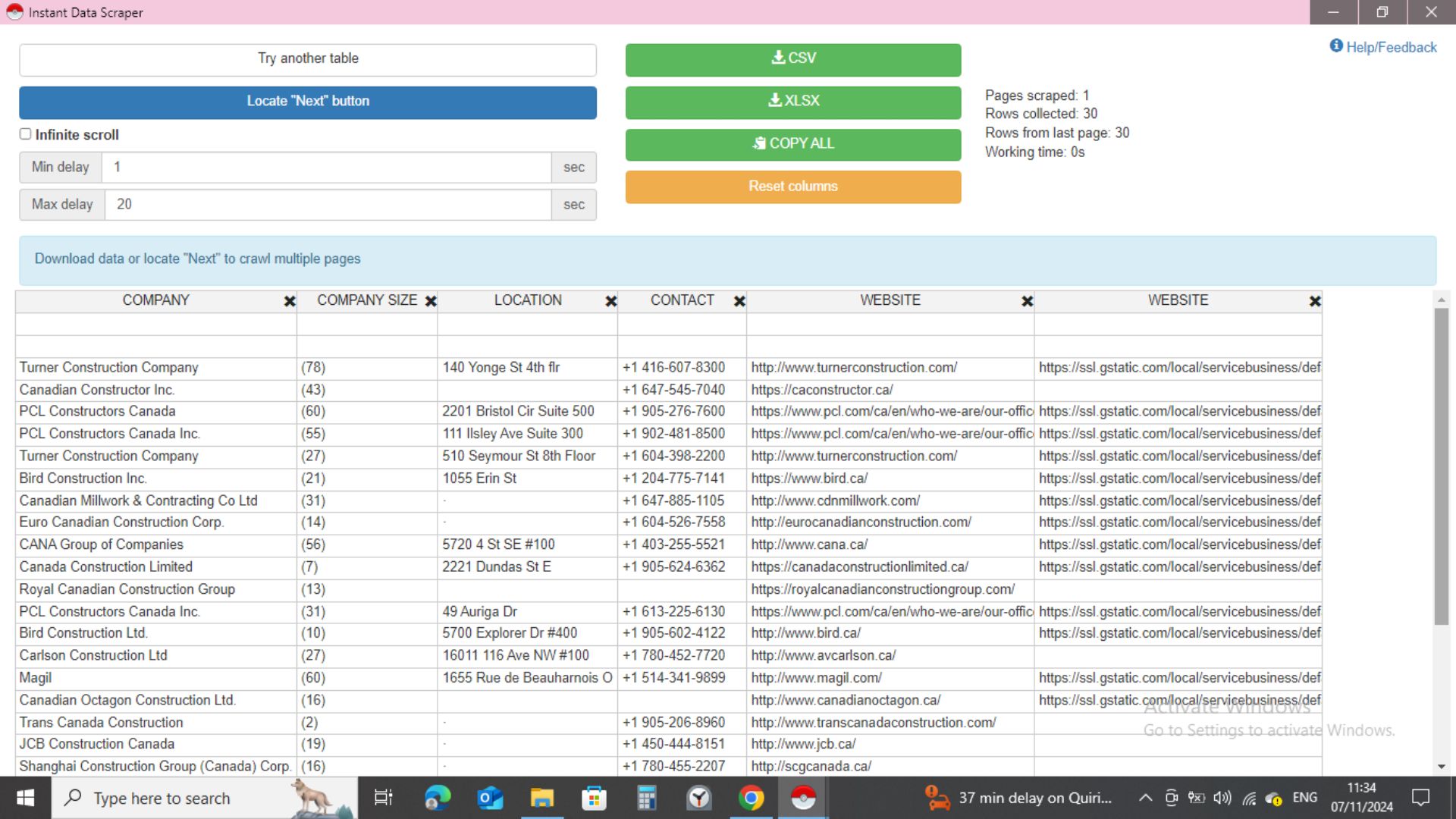Data Entry and Lead Generation

A typing test for Data Entry is used to measure how quickly and accurately someone can type, as these skills are essentials for data entry work. Since data entry often involve s a high volume of information, being able to type quickly and accurately helps ensure productivity and minimize errors.
Here's what a typing test for data entry typically assesses:
1. Typing Speed ( Words Per Minute - WPM )
2. Accuracy
3. Timed Tests
4. Specialized Practice for Data Entry
5. Keyword Familiarity
6. Tools for improvement
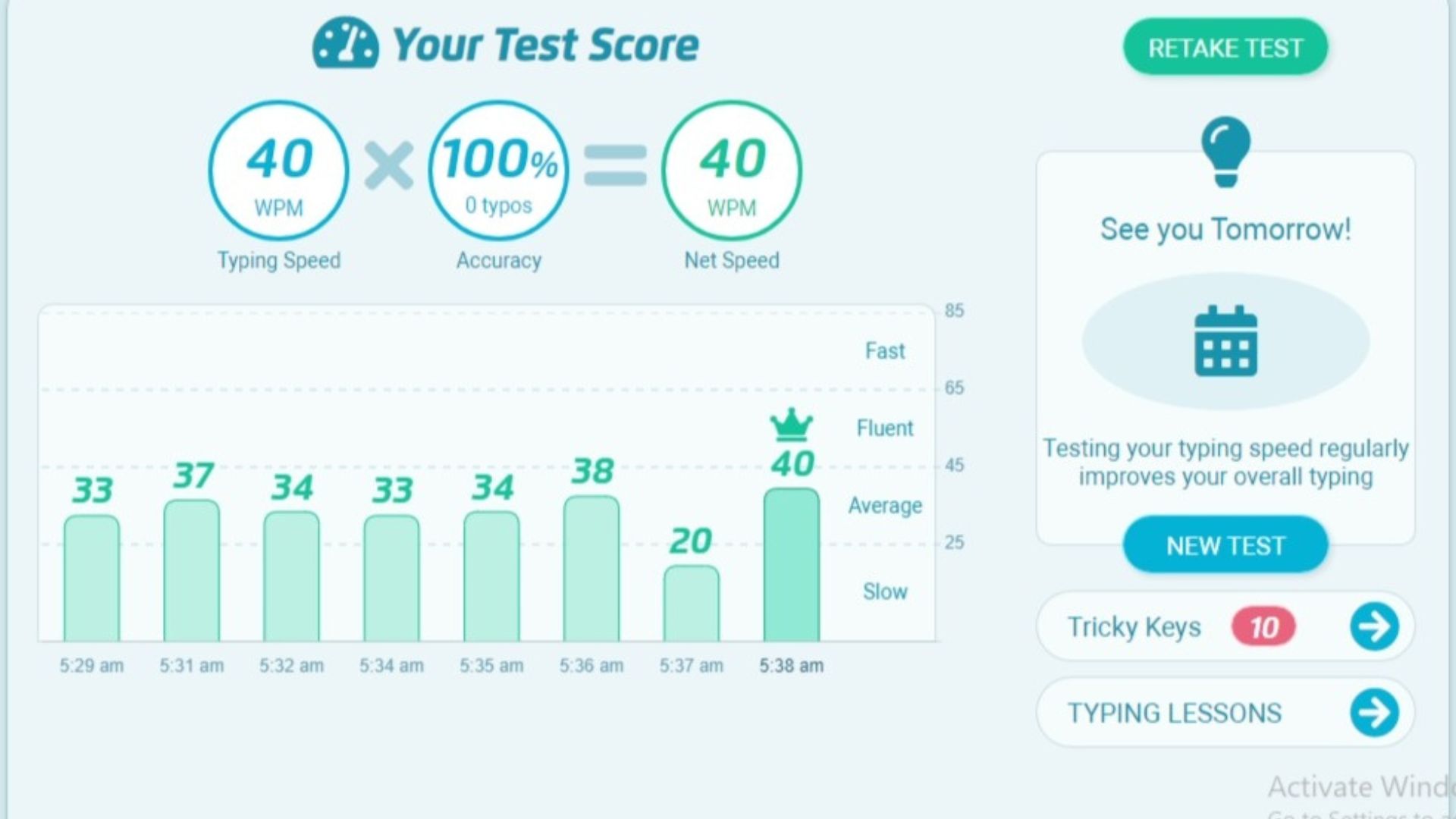
Linkedin Outreach for lead generation is the strategy where you connect with potential customers or clients on Linkedin and build a relationships with them to generate leads. Linkedin is ideal for this because it's professional network where people are already open to business-related connections, making it a natural place to identify and engage with leads.
Here's how Linkedin outreach for lead generation typically works:
1. Define Your Ideal Audience
2. Create a Strong Linkedin Profile
3. Personalized Connection Requests
4. Engage with Their Content
5. Send value-based Messages
6. Nurture the Relationship
7. Track and Follow up
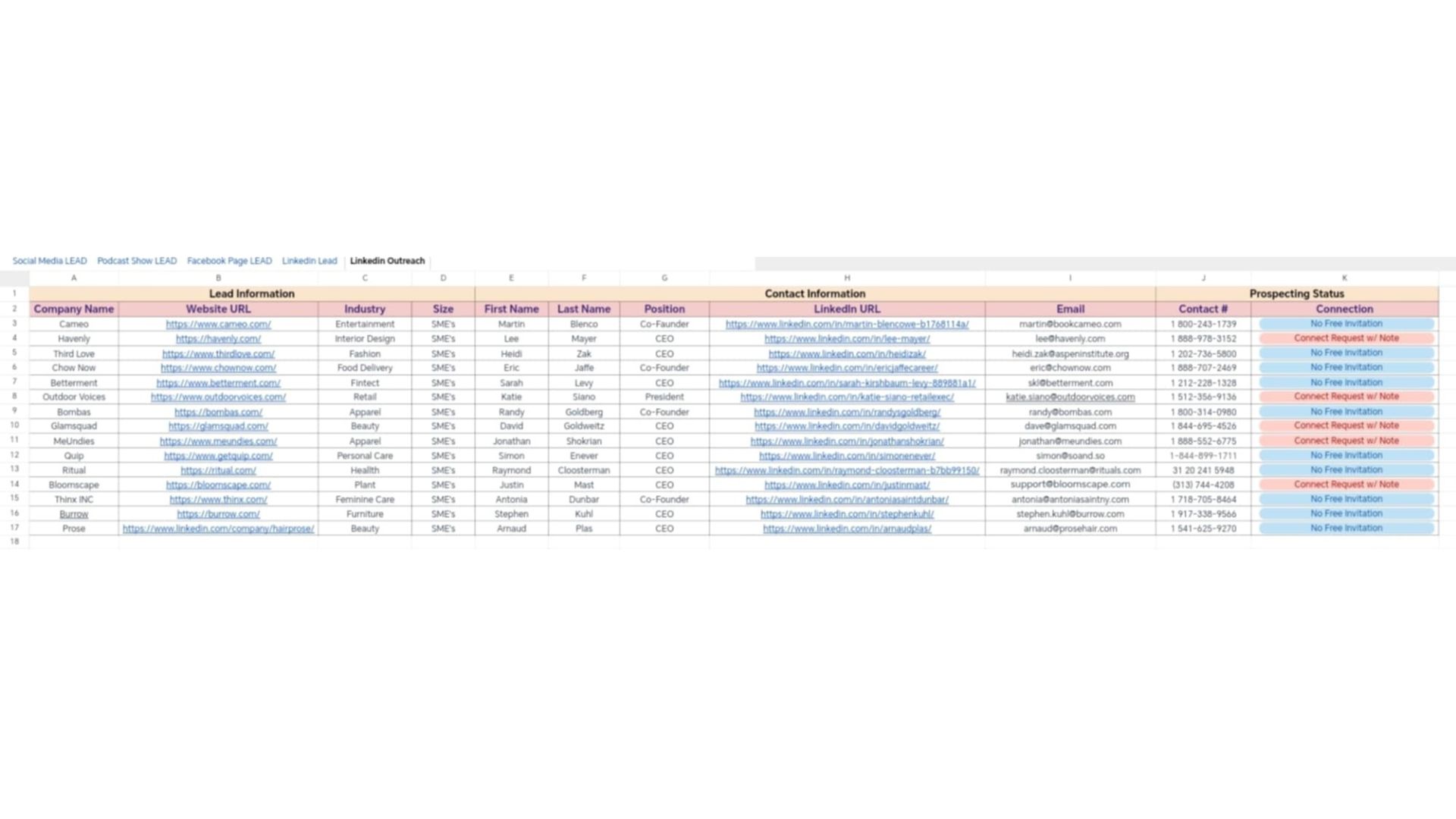
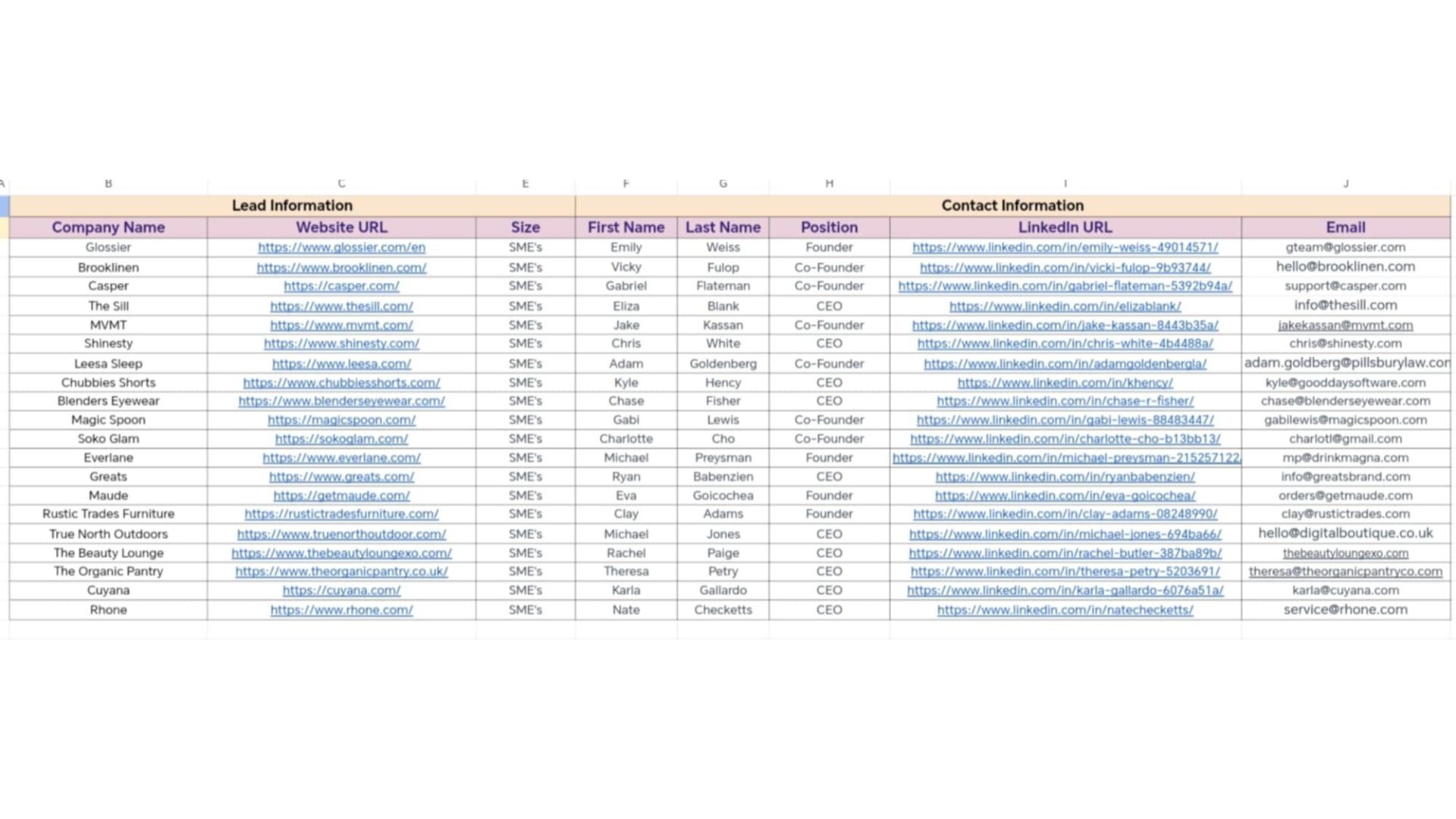

Lead Generation on Social Media (like Facebook, Instagram and Youtube) involves engaging with users, sharing valuable content, and encouraging them to take actions that turn them into potential customers. Each platforms has unique strengths that can be leveraged to attract leads and gather contact information.
Here's how lead generation typically works on these three flatforms:
1. Facebook
- Leads Ads
- Targeted Ads
- Engaging Content and Offer
- Facebook Groups
- Messenger and DM
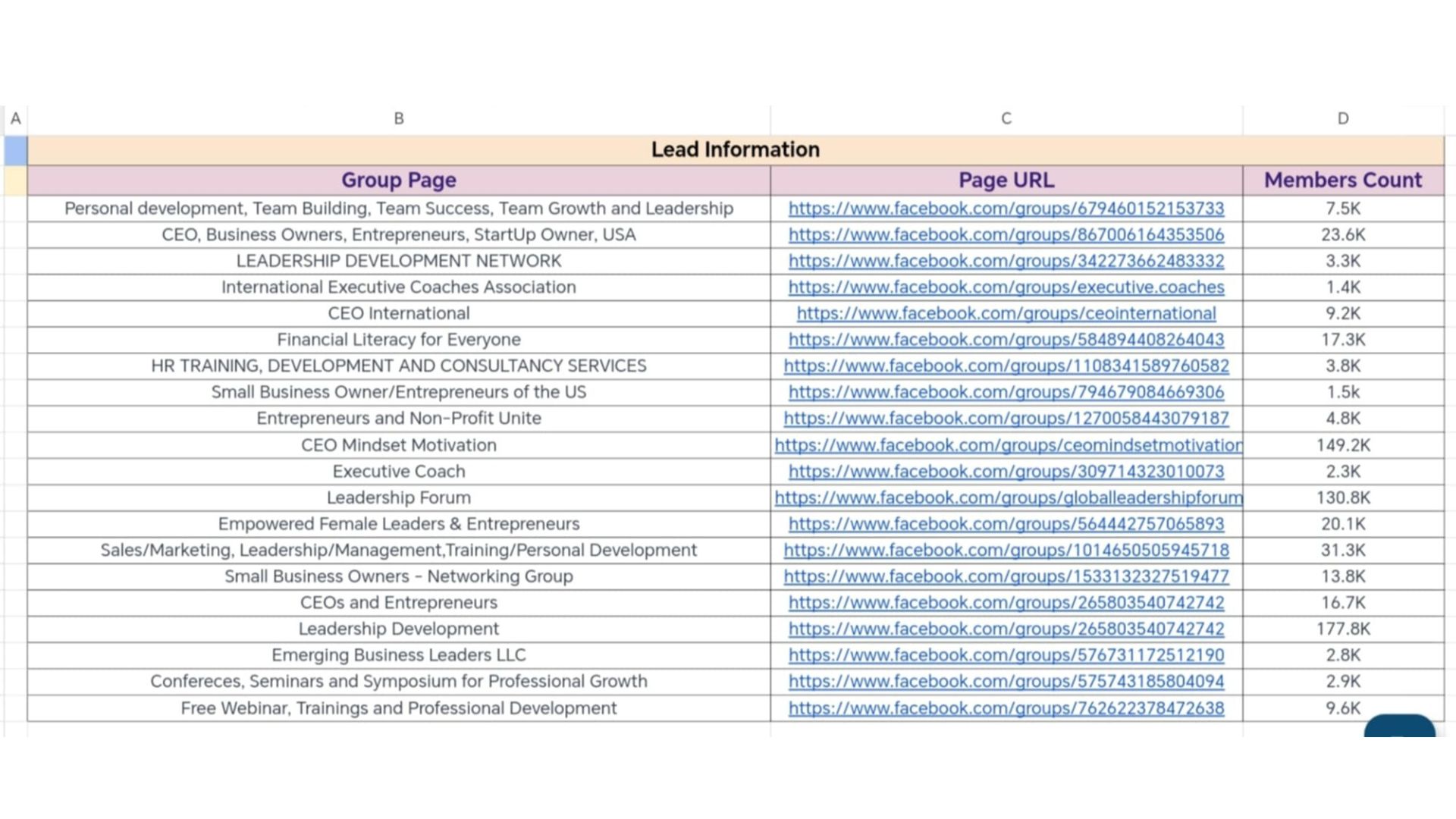
2. Instagram
- Instagram Leads Ads
- Stories and Link in BIos
- Instagram Live and Reels
- Contests and Giveaways
- Direct Message (DM)
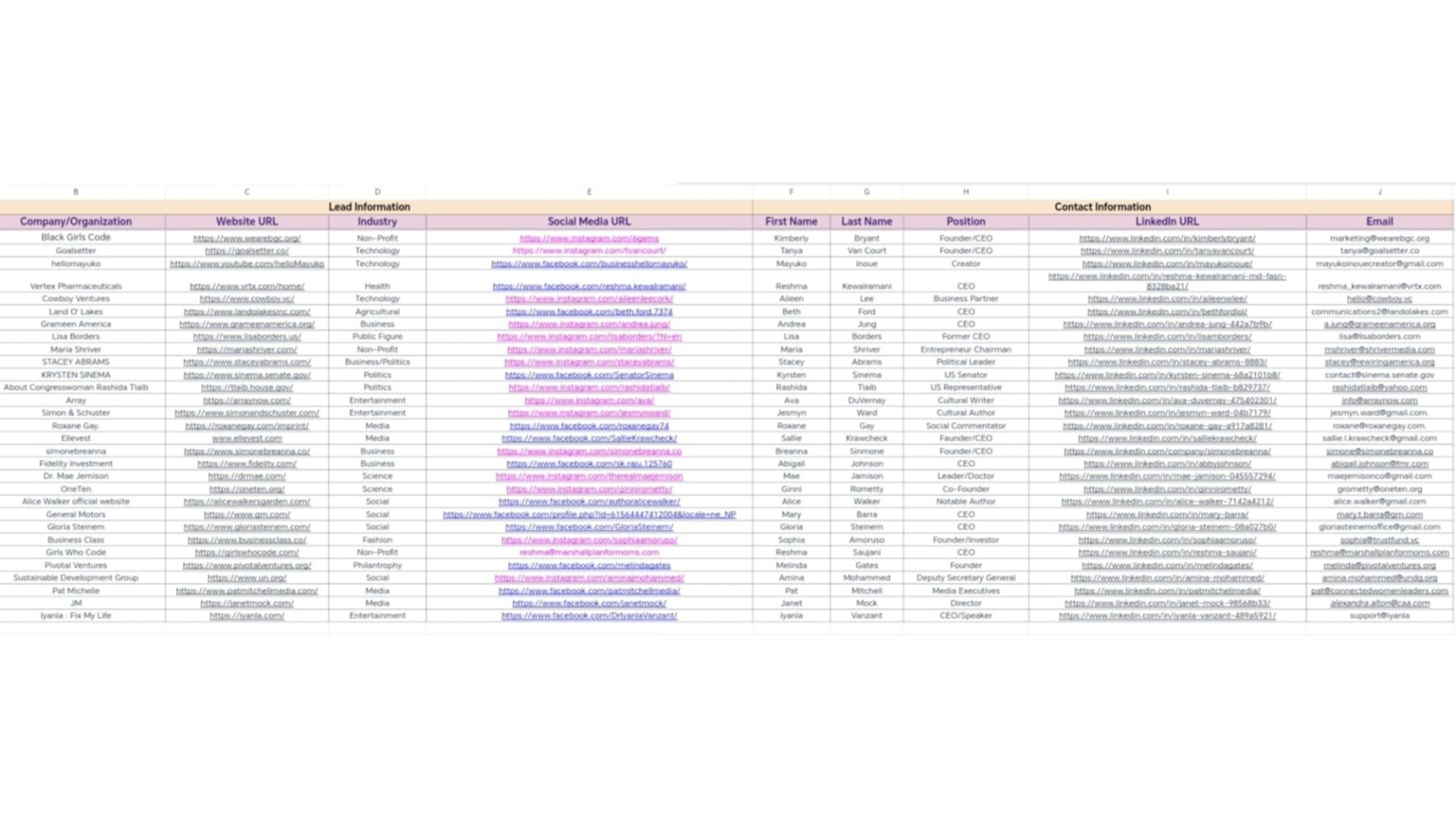
3. Youtube
- Video Contents for Lead Magnets
- Youtube Ads
- Call to Action (CTA) Link
- Youtube Community Tab
- Youtube Live
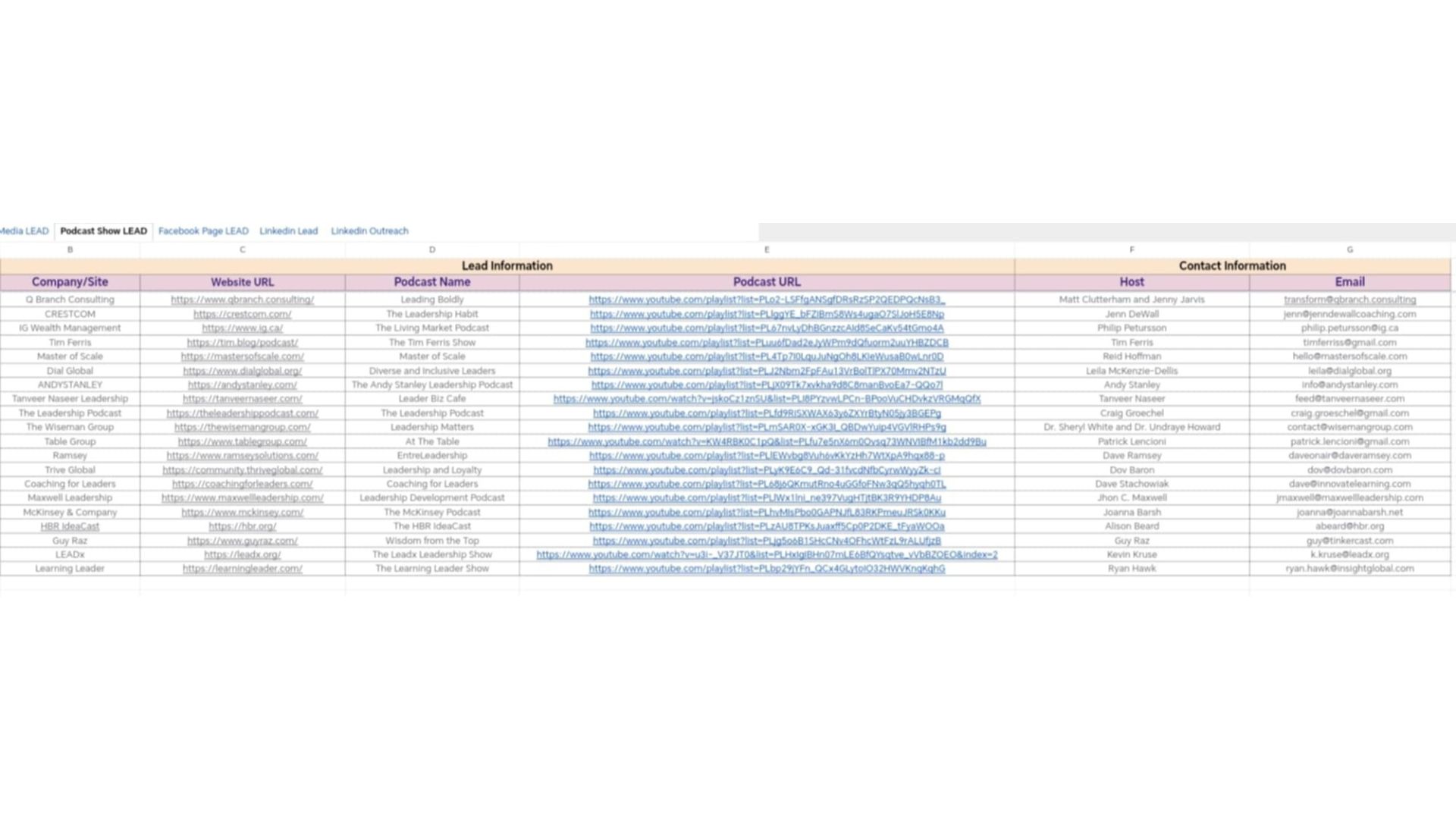
Data Entry with Web Scraping involved using Automated tools or scripts to gather data from websites and transfer it into structured format, Such as spreadsheet or database. This is specially useful for collecting large amounts of information quickly without manual copying and pasting. While it can be valuable for businesses looking to analyze data or maintain updated records, it's essential to follow ethical practices and ensure compliance with website terms and laws.
Here's how data entry through web scraping typically works:
1. Identifying Data Source
2. Using Web Scraping Tools
3. Extracting and Structuring Data
4. Automating the Process
5. Ensuring Data Accuracy and Consistency
6. Legal and Ethical Compliance
